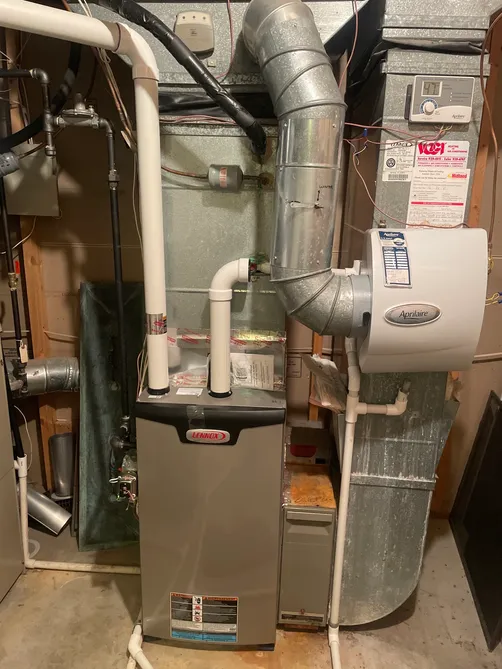The Ultimate Overview to Heater Installation for a Cozy Home
Furnace installation is a critical facet of keeping a comfy home atmosphere, particularly during the cooler months. As you take into consideration these variables, the inquiry stays: what steps can you take to ensure your heater offers you well for years to come?
Types of Heaters

Gas heating systems are one of the most common choice due to their efficiency and lower functional prices. They make use of natural gas or propane, offering quick heating and constant efficiency, making them excellent for colder climates.
Electric furnaces, while typically less complicated to mount and keep, tend to have higher operational costs. They are frequently favored in areas where gas service is not available or for homes with existing electrical facilities.
Oil heating systems, though much less typical today, continue to be a sensible alternative in certain areas. They burn home heating oil, which can be advantageous during chillier months, however their reliance on oil shipment presents prospective difficulties.
Furthermore, there are high-efficiency designs available across these types, which can considerably reduce energy consumption and utility bills - furnace installation. Ultimately, recognizing these heater kinds will help homeowners pick a system that straightens with their home heating requires, budget plan, and energy preferences
Selecting the Right Size
Selecting the suitable size for a heater is crucial to making sure ideal performance and energy effectiveness. An undersized heating system will struggle to maintain comfortable temperatures throughout the cool months, causing enhanced wear and tear, greater power expenses, and potential system failure. Conversely, an extra-large heating system may cycle on and off too regularly, leading to inefficient home heating and unequal temperature level circulation within the home.
To identify the correct heater size, a calculation called the Handbook J load computation ought to be executed. This process evaluates different factors, consisting of the square video footage of the home, insulation levels, window dimensions, and neighborhood climate problems. This comprehensive analysis ensures that the heating system fulfills the particular home heating needs of the space.

Installation Refine Overview
In over here regards to materials, you will certainly need ductwork, insulation, and sealing tape to make certain optimum air flow and energy performance - furnace installation. It is additionally essential to have a new heater filter handy, together with airing vent products, such as PVC pipe or steel flue, depending upon the sort of heater being set up
Safety tools, including gloves, goggles, and a face mask, is additionally essential to secure against dirt and debris throughout setup. Having all these devices and materials conveniently available not just enhances the process yet also boosts the safety and performance of the furnace installment.
Maintenance Tips for Long Life
To guarantee the long life of your furnace, it is necessary to carry out a regular maintenance timetable that deals with vital elements of the system. Beginning by replacing or cleansing the air filter every one to 3 months, as a clogged filter can restrict air movement and reduce efficiency. Furthermore, inspect and clean up the blower setting up to avoid dirt buildup that can impede efficiency.
Following, inspect the thermostat setups and alter if essential to make sure accurate temperature law. Examine the ductwork for leakages or clogs, as this can lead to power loss and irregular heating. Regularly lube the electric motor and bearings according to the manufacturer's suggestions to decrease deterioration.
Specialist inspections ought to happen each year, where a qualified service technician can assess the heating system's overall condition, look click for gas leakages, and make sure that security attributes are functioning correctly. Lastly, take into consideration mounting a programmable thermostat to optimize power usage and preserve regular home temperature levels. By taking on these upkeep techniques, you can enhance your furnace's efficiency, extend its lifespan, and ultimately take pleasure in a relaxing and comfy home atmosphere.
Final Thought
